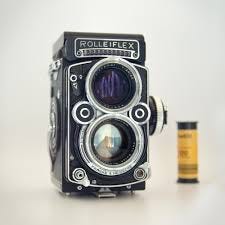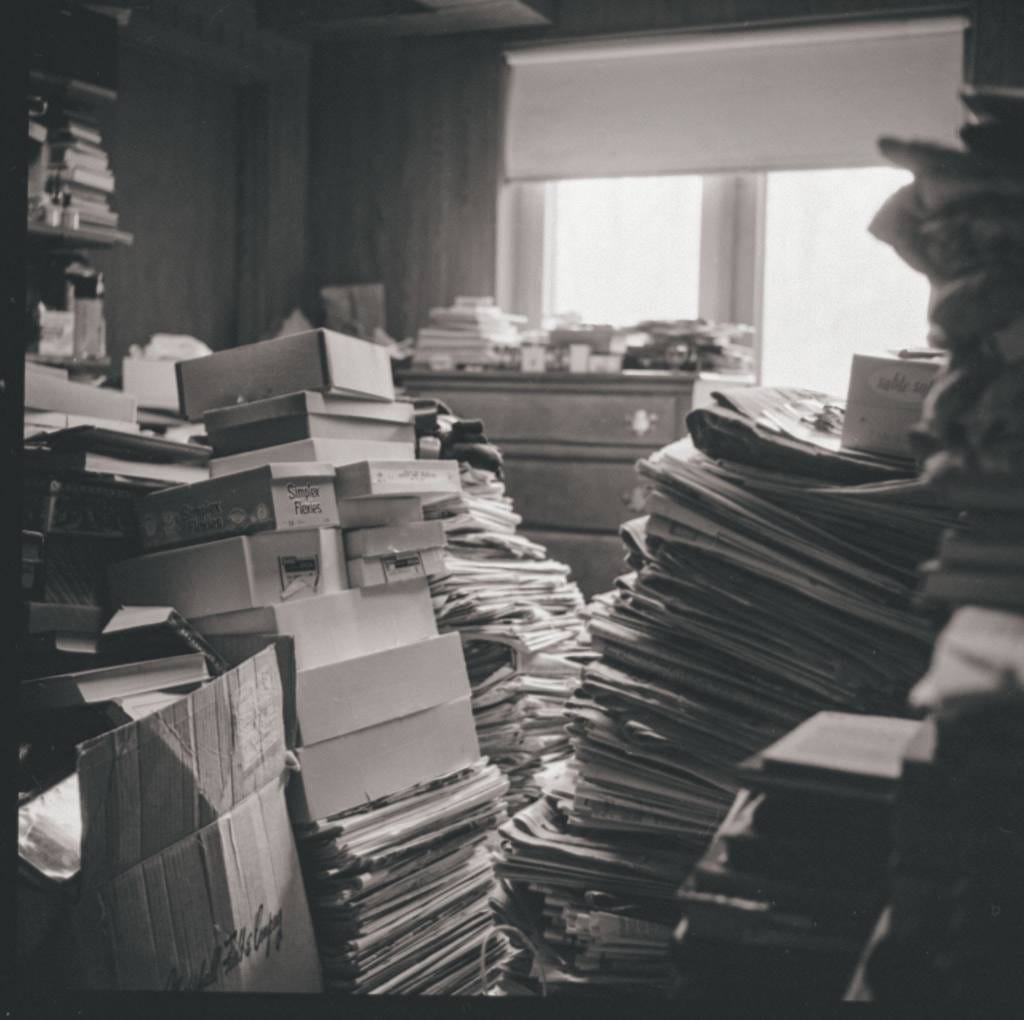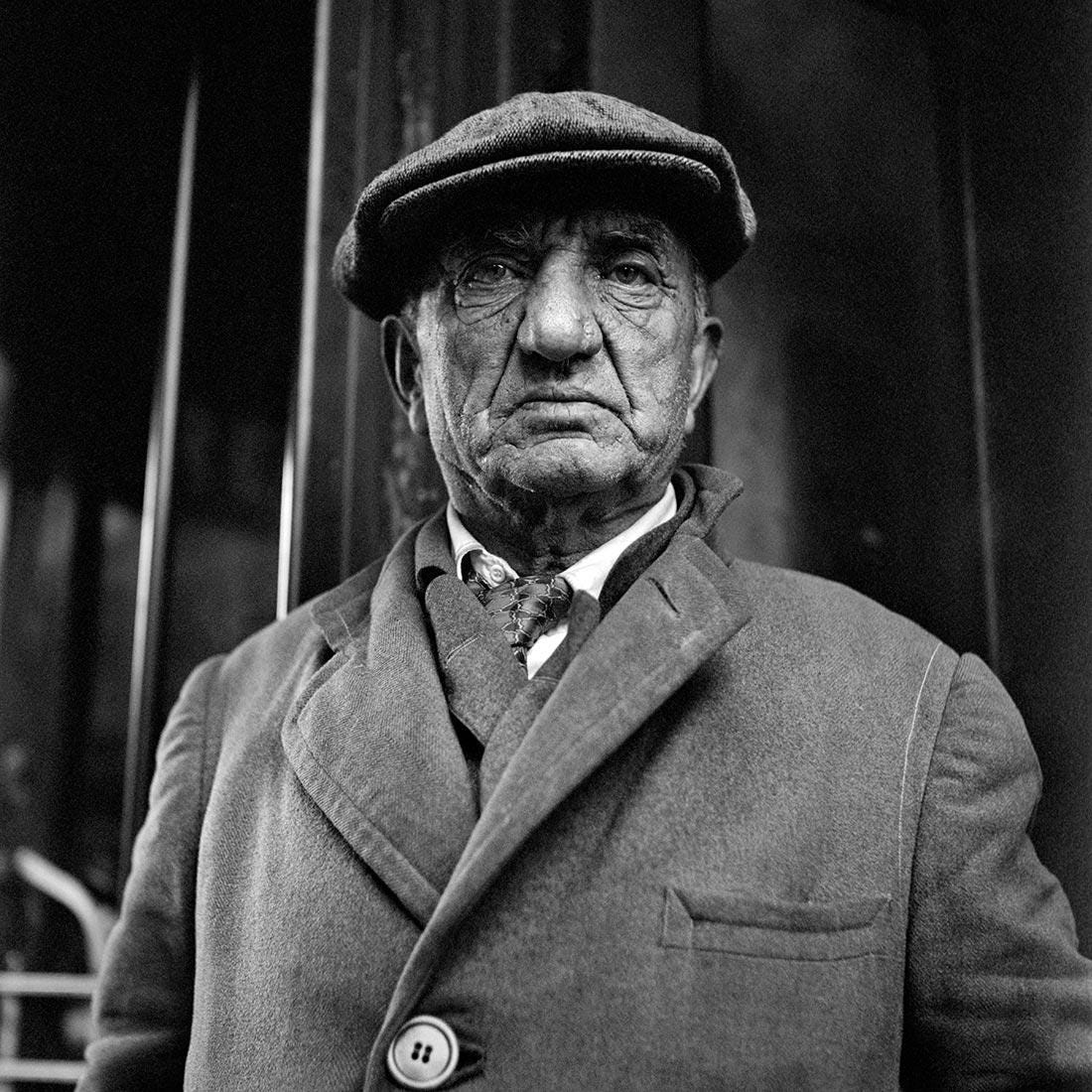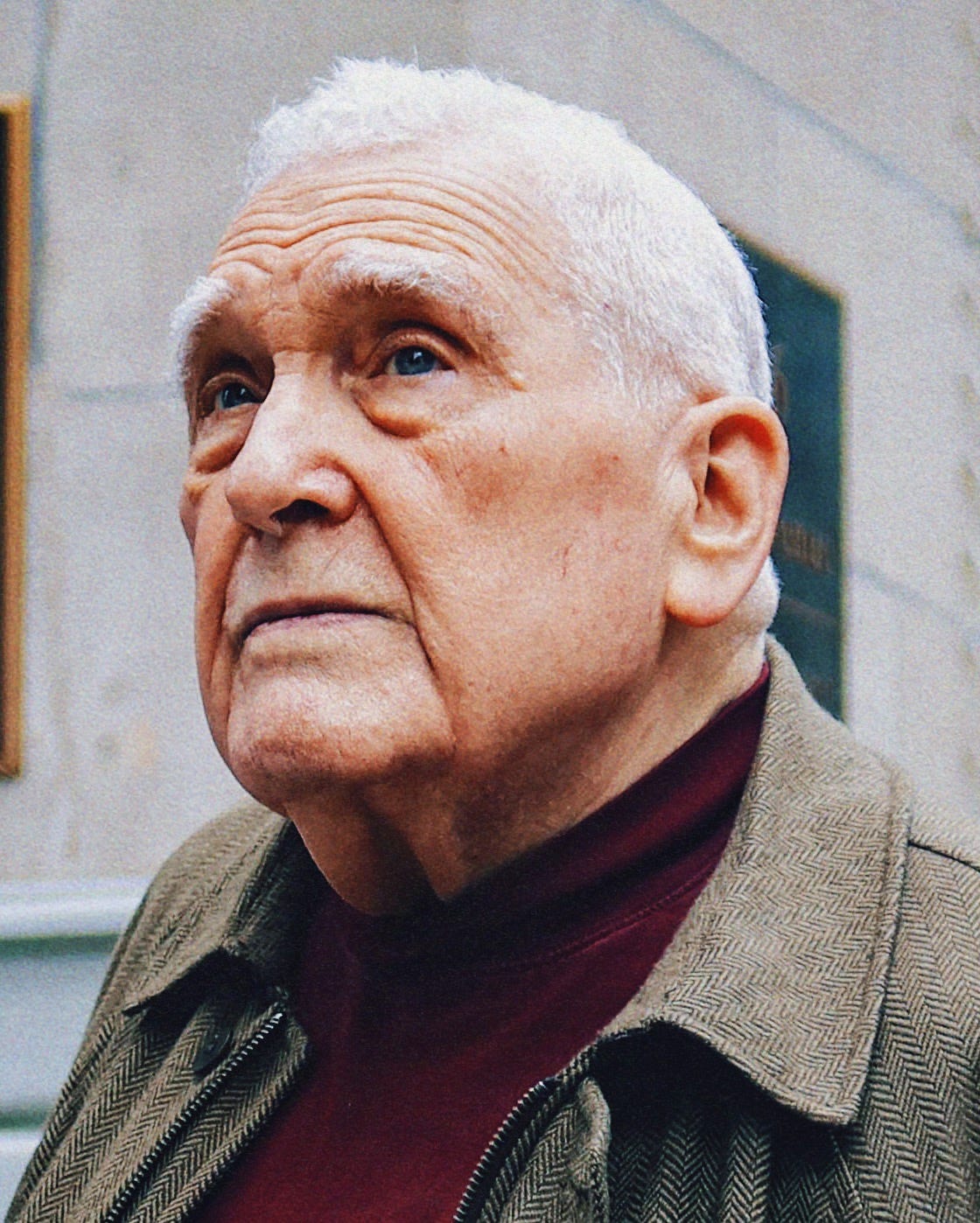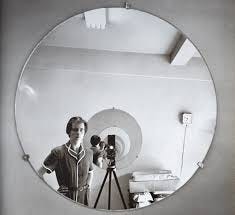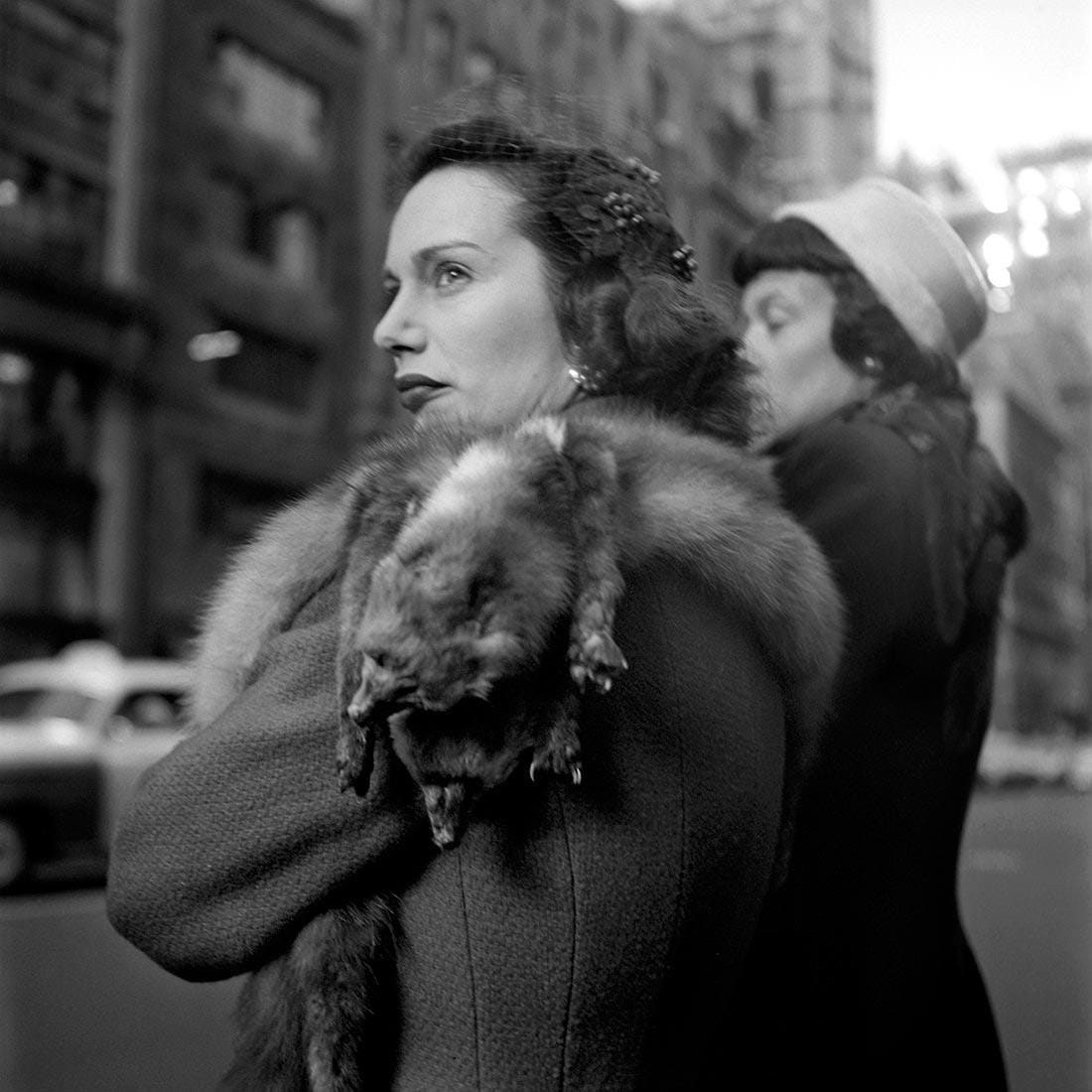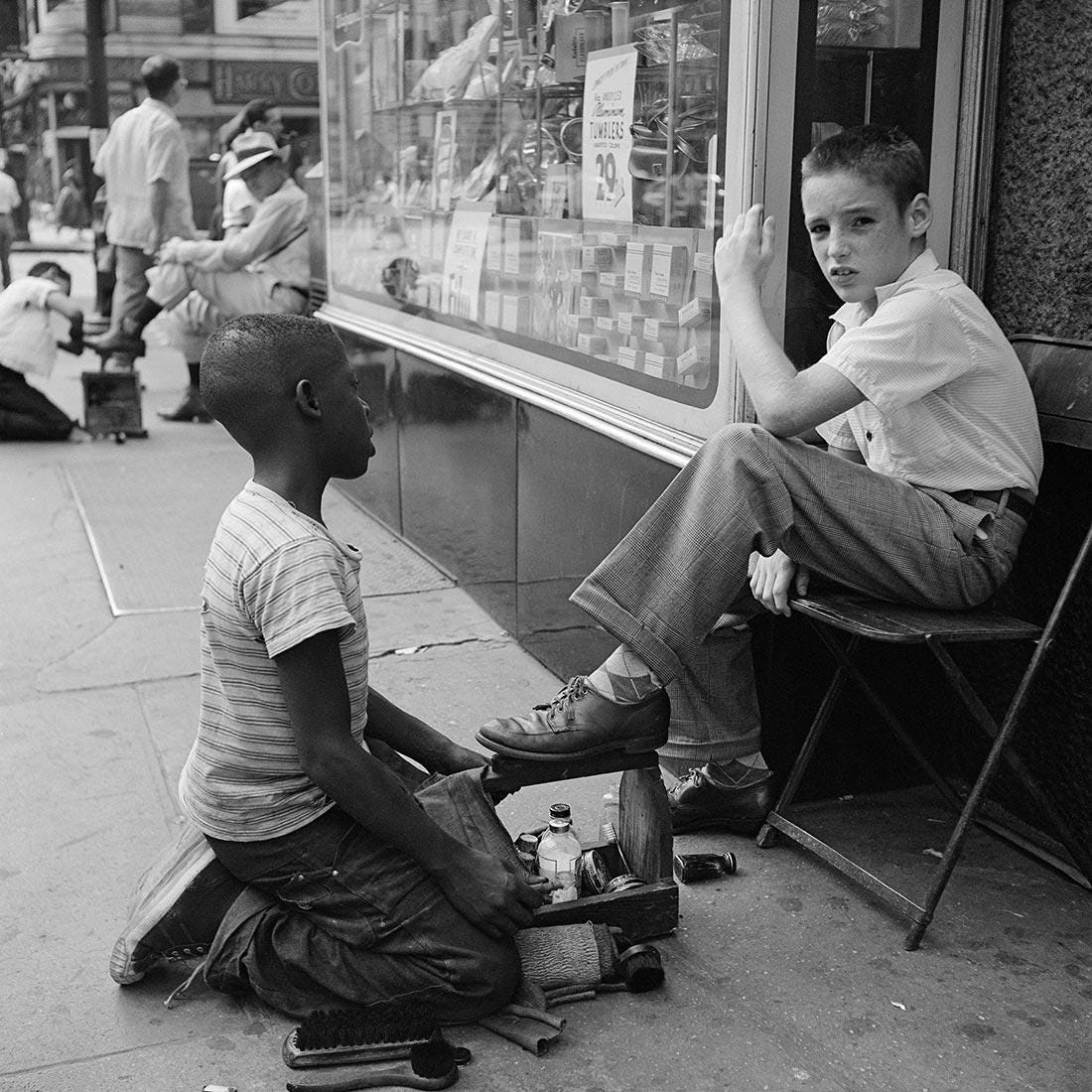Life through The Lens: Vivian Maier
The Invisible Eye: How a Hidden Nanny Became One of the Greatest Street Photographers of All Time
She walked among us, camera in hand, invisible.
No gallery openings. No published books. No lectures or interviews. For most of her life, Vivian Maier was just the nanny next door, a quiet woman with a peculiar accent, always watching, always collecting. What no one knew was that behind her shy exterior, she was building one of the most significant bodies of street photography the world had never seen.
Discovered only after her death, Maier's photographs offer a raw, unsentimental look at 20th-century American life. From bustling city streets to quiet moments of human vulnerability. She didn’t seek fame. She didn’t need validation. She simply saw, and in her seeing, she gave voice to the unseen.
Hello and welcome to The Creative Connection! The Creative Connection is a publication dedicated to exploring the art, craft, and business of photography. With thoughtfully curated segments, we dive into the past, present, and future of image-making. In Life Through The Lens, we spotlight influential photographers throughout history, examining their legacy and the ways their work continues to shape visual culture. Crafting A Photograph offers both technical insight and introspective guidance, helping photographers become more self-aware artists through deeper aesthetic and creative choices. Finally, The Creative Connection segment brings it full circle, focusing on how to market yourself as a modern photographer, build meaningful relationships both online and in person, and cut through the myths of the business side of creativity. This is more than a publication, it’s a space where artistry meets strategy.
In this edition of Life Through The Lens, we dive into the haunting brilliance of Vivian Maier, a woman who turned anonymity into art and left behind a legacy she never got to witness.
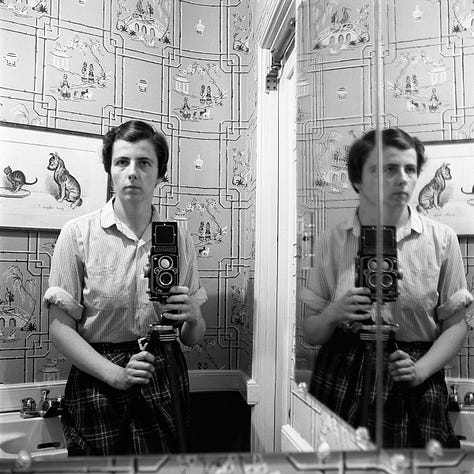
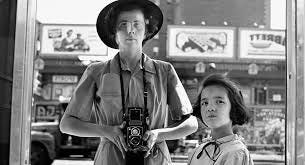
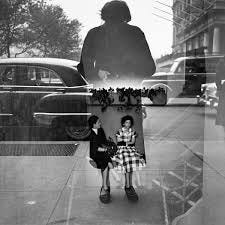
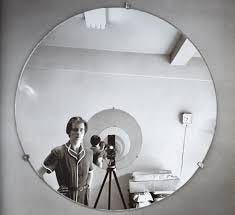
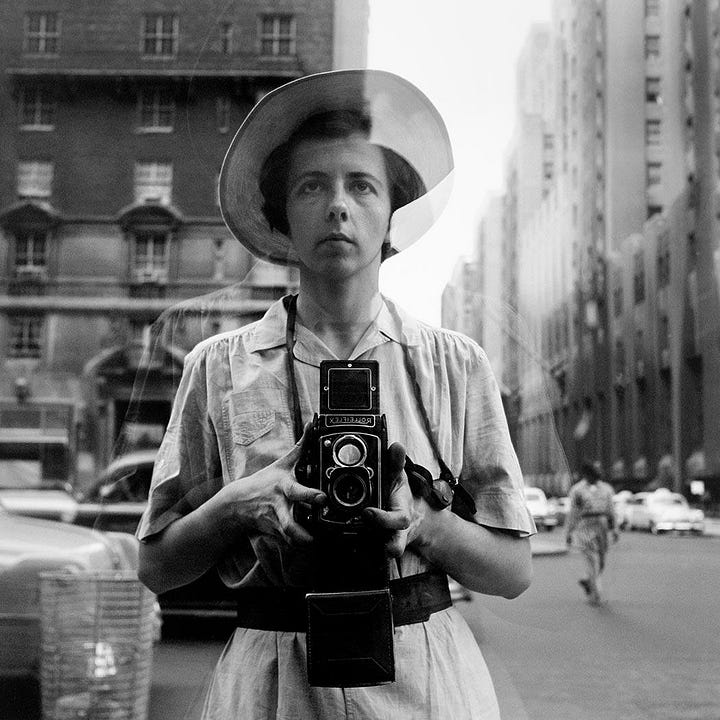
DISCOVERY:
Vivian Maier’s astonishing photographic legacy was discovered almost entirely by accident, thanks to the efforts of historian and filmmaker John Maloof. In 2007, Maloof was working on a local history project focused on Chicago’s Portage Park neighborhood when he attended a routine auction at a storage facility. Seeking historical images for his project, he bid on a box filled with thousands of undeveloped negatives, prints, and film rolls for around $380, completely unaware of the treasure he had just acquired. Reflecting on this moment, Maloof later said,
“I had no idea what I was buying. It just seemed interesting, maybe useful. Little did I know I had just stumbled upon the life’s work of one of the greatest photographers of the 20th century.”
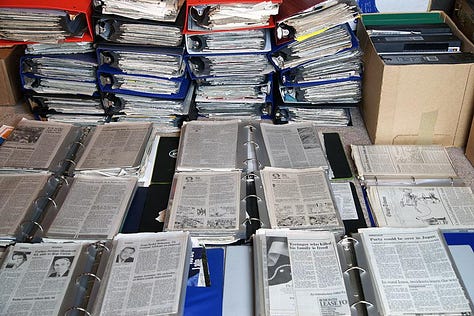
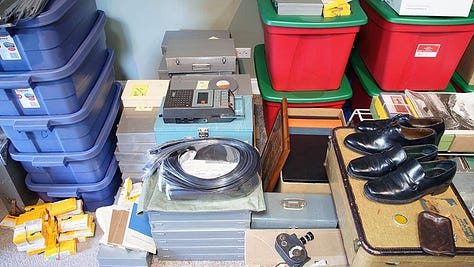
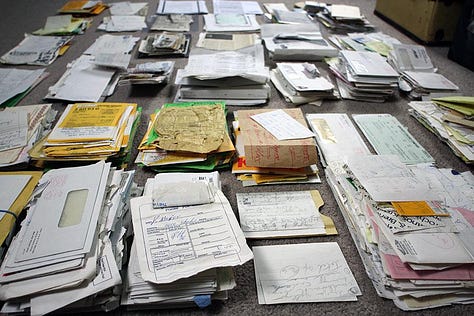
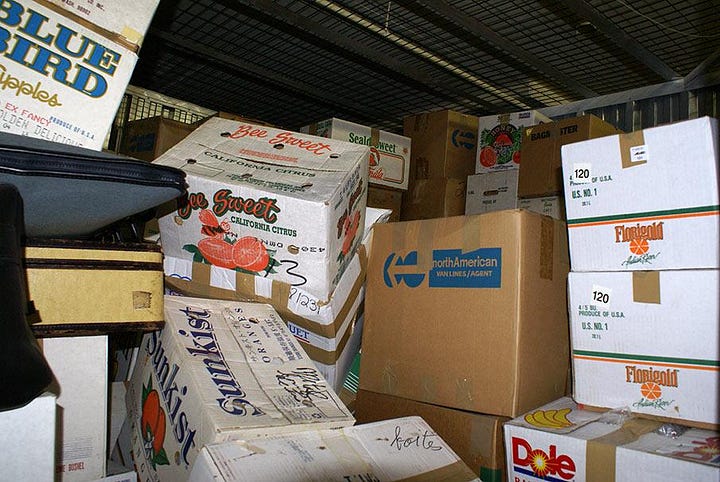
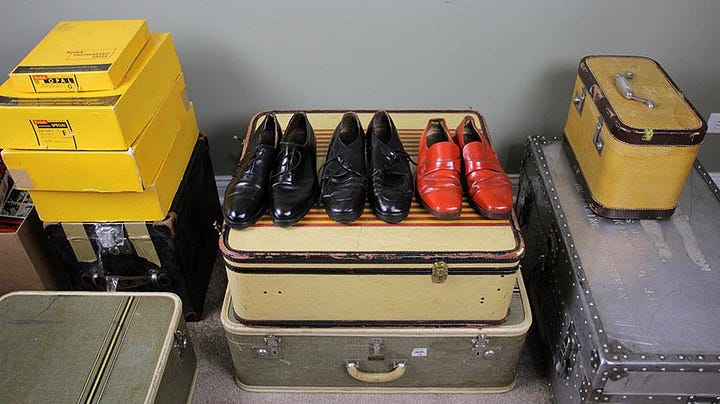
Once Maloof began scanning the negatives, he quickly recognized the powerful quality and emotional depth of the images. Intrigued, he tirelessly sought more information about their creator, discovering only the name “Vivian Maier.” When he realized that Maier had recently passed away in obscurity in 2009, Maloof felt compelled to bring her remarkable photographs to the world's attention. Determined to piece together her elusive story, he meticulously tracked down former employers, neighbors, and acquaintances, compiling the scattered fragments of Maier’s hidden life. Maloof described this experience as deeply personal and compelling, noting,
“The more I uncovered, the more I realized that her photographs weren't just snapshots...they were profound commentaries on humanity, life, and society.”
Maloof’s commitment extended far beyond mere curiosity. He became the devoted caretaker of Maier’s legacy, carefully developing, scanning, and cataloging tens of thousands of negatives and prints. His tireless advocacy eventually culminated in the critically acclaimed 2013 documentary, Finding Vivian Maier, which brought global recognition to the previously unknown photographer. Maloof explained his dedication, saying,
“I felt an immense responsibility. Vivian never intended her work for public eyes, yet it felt wrong to let these incredible images vanish unseen. They deserved to be part of history.”
Through his painstaking work, Maloof curated exhibitions, published monographs, and built an extensive archive that transformed Maier from an obscure nanny into an internationally celebrated artist.
Today, Vivian Maier’s legacy is inseparable from John Maloof’s determination to honor her brilliance. Maloof remains humbled by his role in Maier’s posthumous fame, once remarking,
“In some ways, it feels like Vivian chose me. I was simply there at the right time, willing to see what others overlooked. Her story...and her images...deserve nothing less.”
EARLY LIFE:
Vivian Maier was born in New York City on February 1, 1926, to a French mother and Austrian father. Her early years were marked by frequent upheavals and a lack of stability, shuttling between the bustling streets of New York and the picturesque rural landscapes of the French Alps, where she spent significant time with her mother's family. This fragmented childhood, oscillating between cultures and languages, profoundly shaped Maier’s character, instilling in her a deep sense of independence and introspection that would later manifest vividly in her photography.
As a young adult, Maier returned permanently to the United States in the early 1950s, settling first in New York and later in Chicago. Without formal artistic training, she began nurturing her passion for photography, purchasing her iconic Rolleiflex camera.
It was during these formative years, quietly exploring city streets and observing human interactions, that she developed her distinctive photographic style, capturing candid, poignant moments of everyday life while remaining entirely unnoticed herself.
Before Vivian Maier became recognized for her photography, she supported herself through various occupations, most notably as a nanny. This role provided her with the stability, privacy, and time to pursue her artistic passions quietly. Starting in the early 1950s, Maier worked for several families in New York City and later in the affluent suburbs of Chicago. Her duties extended beyond childcare; she managed households, cooked meals, and undertook routine domestic tasks. Those who knew her described her as fiercely independent, eccentric, and somewhat mysterious, a private figure who balanced her responsibilities as a caretaker with an insatiable curiosity about the world around her.
Aside from her career as a nanny, Maier briefly held other jobs, including working in a sweatshop and performing various odd tasks to sustain herself during her early years in New York City. These experiences, characterized by long hours and modest pay, provided her with firsthand insight into the daily struggles of working-class Americans, a perspective that deeply influenced the empathy and realism evident in her later photography. The routines and observations of these humble jobs ultimately laid the groundwork for her photographic practice, sharpening her eye for the subtle, often overlooked nuances of human life.
PERSONAL LIFE:
Vivian Maier’s personal life was famously unconventional, enigmatic, and deeply private. Those who knew her often remarked on her peculiar behaviors, intense secrecy, and eccentric habits. She was known for hoarding vast amounts of newspapers and personal belongings, and she guarded her private space fiercely.
John Maloof, the historian who discovered her photographs, described her as “like a real-life Mary Poppins,” adding, “She was eccentric, solitary, and deeply secretive, someone who lived in her own world.”
People who employed her as a nanny frequently noted her distinctive quirks. Linda Matthews, who was one of the children Vivian cared for, described Maier as
“strange, very secretive, and always a little mysterious,”
Mentioning specifically her habit of taking long walks alone, camera in hand, and refusing anyone access to her private quarters. Another former employer, Maren Baylaender, described Maier’s room as a place nobody could enter, saying,
“She would lock her door and was very protective of her space…she always seemed to have something to hide.”
Her personal life, layered in mystery and solitude, remains as captivating as the photographs she left behind.
WORK:
Vivian Maier's photography is celebrated for its striking intimacy, raw realism, and the remarkable depth of emotion captured in her candid portraits. Her work falls squarely within the tradition of street photography, yet it stands apart through a quiet humanity and careful observation often missing from more flamboyant contemporaries. Using a Rolleiflex camera held at waist-level, Maier photographed discreetly, allowing her to capture authentic moments of human vulnerability. Years ago, when I first discovered the work of Maier through the documentary made by John Maloof, how it was described that Maier shot from the hip really stood out to me. Since then, that technique has been one of my most prominent shooting styles.
Shooting from the hip allows a couple of things to happen.
One, a level of secrecy that’s useful when shooting street photography.
Additionally, what really drew me to this shooting style was the sense of power it gives the subject. (See Above) Creating a more monstrous image of personification to the subject that can be felt at far greater lengths than if you were to shoot the subject square on. Similarly, knowing this technique allowed me to think about the way I inversely shoot subjects. If I want to convey a sense of powerlessness, I’ll ensure that I raise my camera above my subject and shoot downward to convey that proper emotion.
Among her most iconic images is the haunting self-portrait captured in a storefront mirror, a recurring motif in her oeuvre. This photograph showcases her distinct method of employing reflections and shadows to emphasize isolation, anonymity, and self-awareness.
Joel Meyerowitz, one of the most influential street photographers of his generation, has praised Maier's unique approach and photographic sensibility, stating,
"Vivian Maier had an extraordinary eye. She could pick out the strangeness and the poetry in the everyday like few others."
Meyerowitz recognized in Maier an intuitive ability to see beyond the ordinary, capturing fleeting moments that carry emotional weight, children lost in thought, couples exchanging glances, or strangers enveloped in personal worlds. Her images were never intrusive yet always profound, lending dignity to everyday subjects and transforming mundane scenes into timeless narratives.
One of Maier’s most celebrated images, captured in Chicago in the 1950s, shows an elegantly dressed woman on a city street, her face partially obscured by shadows, her gaze distant and introspective.
The visual poetry of this photograph is emblematic of Maier's style, she deftly balanced careful composition with spontaneous reality. Photographer Mary Ellen Mark commented on the subtlety and emotional depth of Maier’s street photography, stating,
"Her photographs are as much about what is unsaid as what is seen. There’s a quiet mystery in her work that haunts you."
Maier’s talent lay in capturing not just scenes, but hidden layers of human feeling, often without the subjects even noticing her presence.
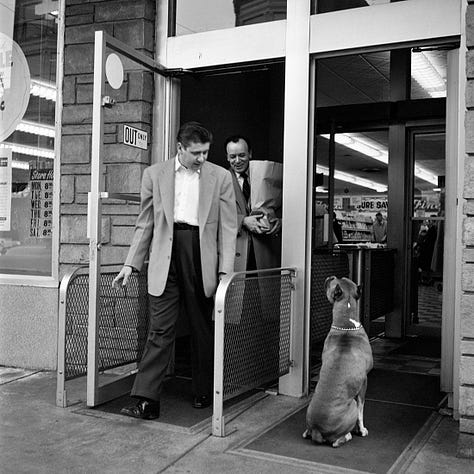
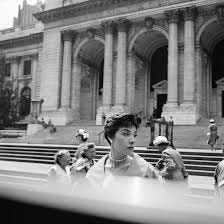
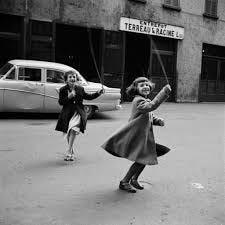

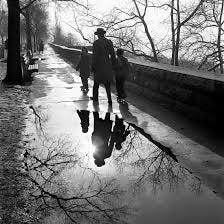
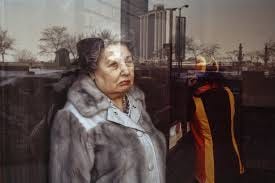
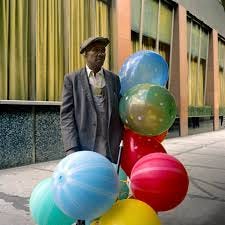
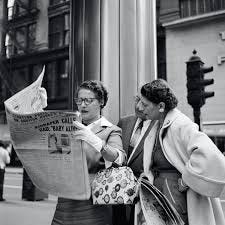
Maier's photographic explorations extended far beyond American streets; her curious eye also captured compelling images during her extensive travels abroad. Particularly in the 1950s and 1960s, Maier traveled widely, documenting scenes in countries like France, Italy, Egypt, Canada, Thailand, Vietnam, and the Philippines. Her photographs from these journeys reveal her insatiable curiosity, as she turned her lens toward diverse cultures, landscapes, and everyday life with the same keen sensitivity that characterized her American work.

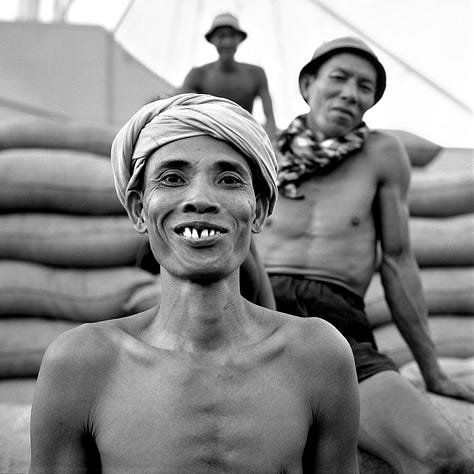
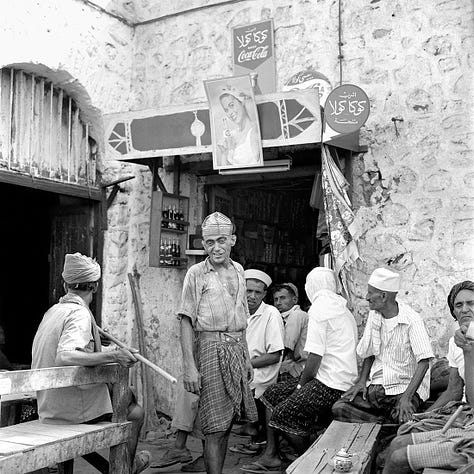
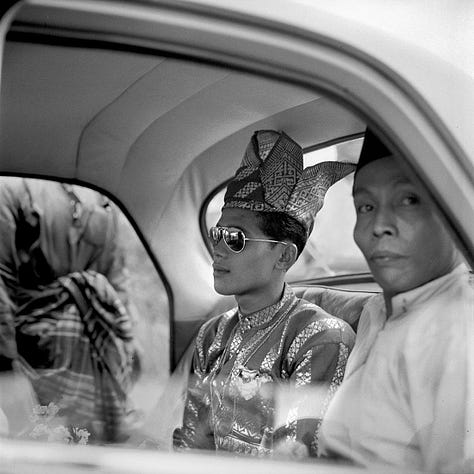
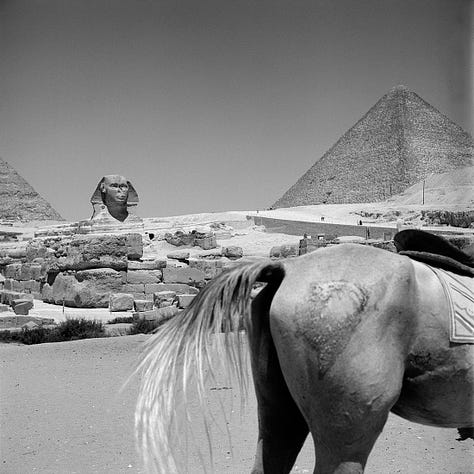
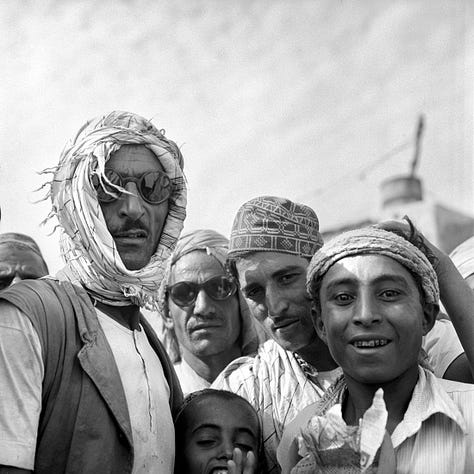
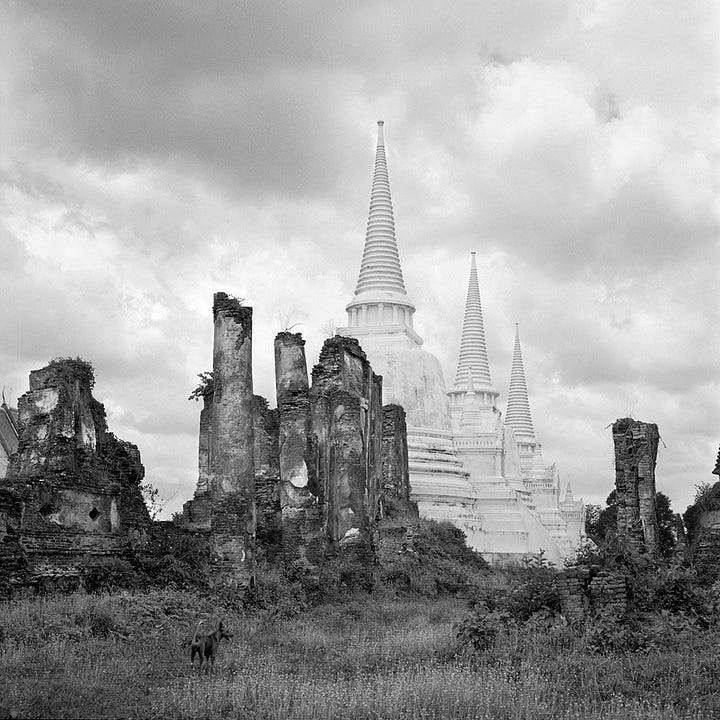

In France, a country deeply tied to her family roots, Maier captured intimate, poetic scenes of cobblestone streets, bustling marketplaces, and quiet rural moments that highlighted her connection to the culture and lifestyle. Similarly, her photos from Egypt showcase a powerful fascination with local customs and vibrant street life, exemplified by her iconic shots of bustling marketplaces and evocative portraits of local residents. Photographer and editor John Maloof noted of these international photographs:
"Vivian’s overseas work reveals how universal her eye truly was. Wherever she traveled, she brought back images that carried the same deep humanity and observational brilliance as her photos from Chicago or New York."
Ultimately, Maier’s global photography broadens our understanding of her as an artist. It emphasizes her adaptability and empathy, traits that allowed her to authentically document people and places from vastly different backgrounds, uniting them through her quietly profound vision.
Beyond street scenes, Maier’s body of work also includes powerful documentation of societal contrasts. Her photographs frequently juxtapose affluence and poverty, capturing the stark disparities of mid-20th-century American life. A famous example is her photograph of a disheveled man asleep on a bench beside newspapers touting prosperity and consumerism, a quiet yet powerful social commentary. John Maloof, remarked,
"Vivian’s photographs compel us because they challenge how we look at the world. Her greatness is in her capacity to make the everyday extraordinary."
This enduring legacy of Maier’s photography is a profoundly personal glimpse into humanity, documented in solitude yet resonating universally, which is precisely what makes her artistry so legendary.
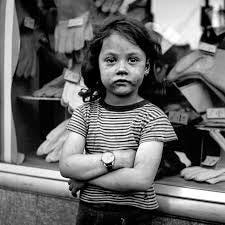
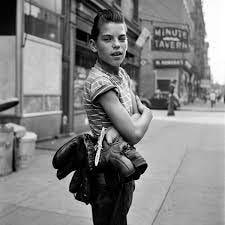
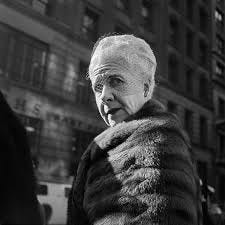

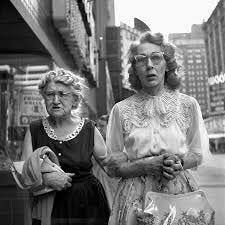
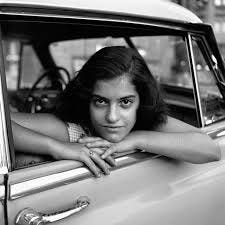
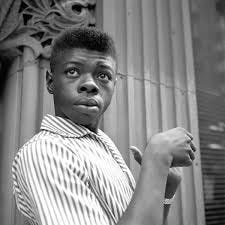

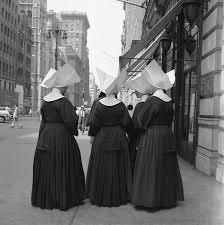
SIGNIFICANCE:
Vivian Maier holds profound historical significance as a photographer whose work reshaped perceptions of street photography and offered a new lens through which to view ordinary life. Prior to her discovery, street photography was largely defined by well-known figures like Henri Cartier-Bresson, Diane Arbus (whom we briefly talked about in the last publication on Gordon Parks), and Garry Winogrand (Another one of my favorites). However, Maier's emergence from obscurity challenged assumptions about artistic visibility and recognition, illustrating that exceptional work could exist entirely outside traditional artistic institutions. Her images, quiet yet deeply insightful, expanded the documentary genre by emphasizing humanity, dignity, and profound empathy in the everyday.
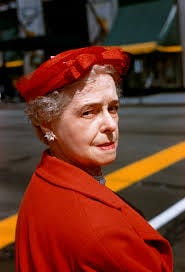
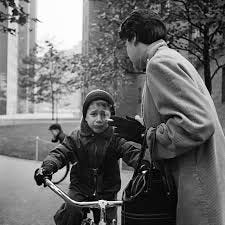
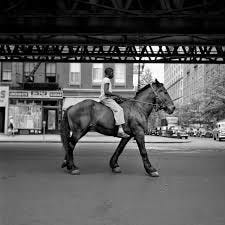
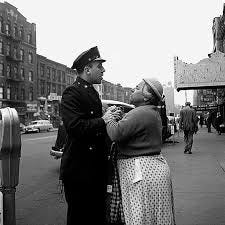
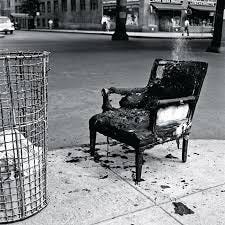
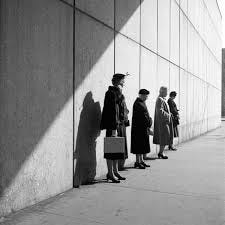
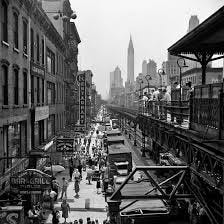
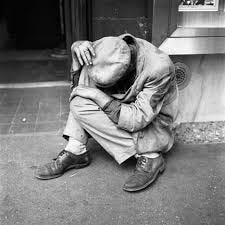
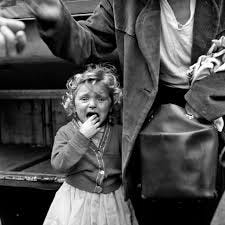
Maier’s gift to the world of street photography lies in her unparalleled ability to capture fleeting moments infused with depth and subtlety. She documented a vibrant tapestry of urban existence, consistently highlighting overlooked narratives, from subtle gestures to striking juxtapositions of wealth and poverty. Her images revealed not just what was plainly visible but what often remained hidden beneath the surface—feelings, contradictions, and silent struggles. Joel Meyerowitz described Maier’s impact succinctly, stating,
"Her work teaches us that there's beauty and meaning in every mundane moment."
In doing so, Maier’s legacy continues to inspire contemporary artists, including myself, especially asserting that street photography is fundamentally an act of witnessing humanity in all its complexity and wonder.
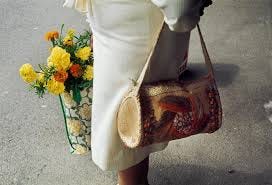
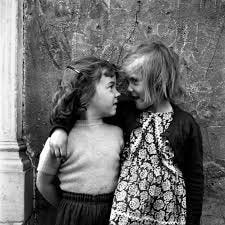
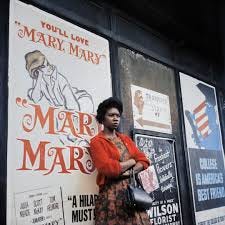
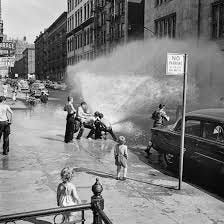
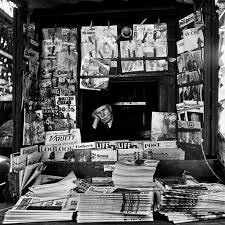
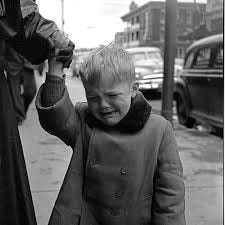
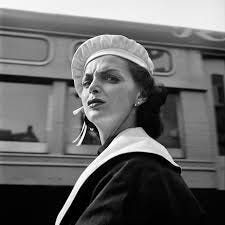
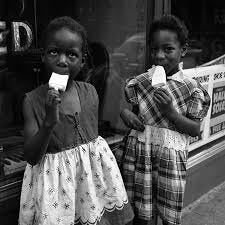
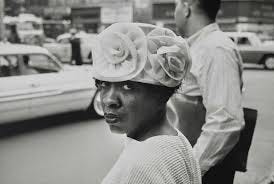
LATE LIFE:
In her later years, Vivian Maier's life became increasingly solitary and financially precarious. After decades of working as a nanny in Chicago, she moved between various households, often under strained circumstances. Her living spaces grew increasingly cluttered, filled with stacks of newspapers, boxes of belongings, and undeveloped film, a true testament to her compulsive hoarding tendencies. Despite her reclusive nature, Maier maintained a deep commitment to her photography, continuing to capture the world around her with unwavering dedication.
Maier passed away on April 21, 2009, at the age of 83, after slipping on ice and sustaining a head injury. In her final years, she was supported by the Gensburg brothers, former kids she had nannied, who remembered her fondly and assisted her during her decline. At the time of her death, Maier was largely unknown, and her vast body of photographic work remained unseen by the public.
The question of whether Maier intended for her work to be published remains a subject of debate.
While she was intensely private and rarely shared her photographs, there is evidence suggesting she may have sought some form of recognition.
In the 1960s, Maier corresponded with a French printer, expressing interest in producing postcards from her images. This indicates a possible desire to share her work, albeit on her own terms. However, the majority of her photographs, a whopping over 100,000 negatives, remained undeveloped and stored away, suggesting that she may have been ambivalent about public exposure.
Maier's relationship with the French printer, Amédée Simon, offers a glimpse into her complex attitude toward her art. She once remarked,
“I have made piles of photos—when I say piles, I mean piles—and I think they are really quite good.”
This statement reflects a sense of pride in her work, even if she chose not to pursue widespread recognition during her lifetime. Ultimately, Maier's legacy as a masterful street photographer was cemented posthumously, thanks to the efforts of individuals like John, who recognized the profound value of her unseen archive.


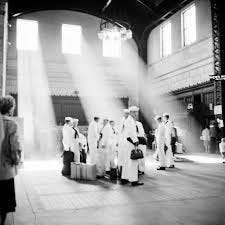

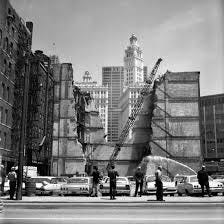
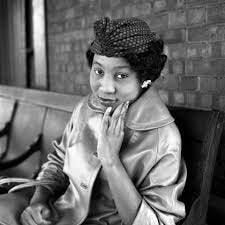
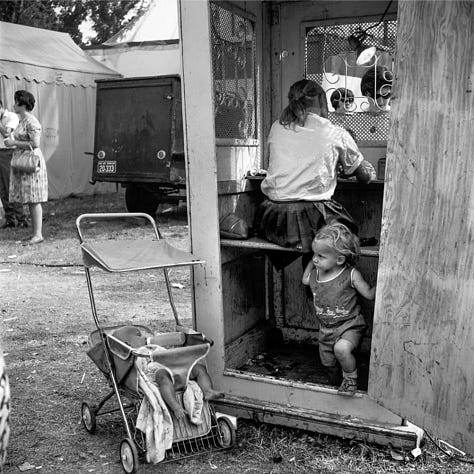
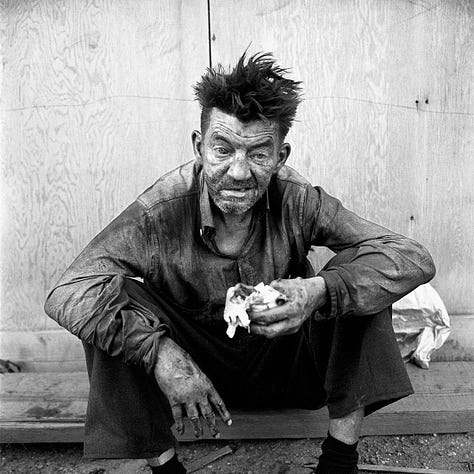
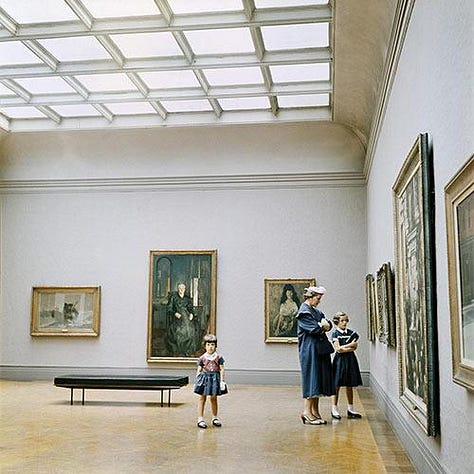
PUBLICATIONS:
Vivian Maier's posthumous recognition has led to the publication of several books that showcase her remarkable talent in street photography. Here are some notable titles:
📘 Vivian Maier: Street Photographer (2011)
This seminal work introduced Maier's photography to the public, featuring a curated selection of her black-and-white street photographs from the 1950s and 1960s. Edited by John Maloof, the book highlights her keen eye for composition and her ability to capture candid moments of urban life.
📘 Vivian Maier: Self-Portraits (2013)
Focusing on Maier's introspective self-portraits, this collection offers insight into her self-perception and artistic expression. The book includes approximately 60 black-and-white and color self-portraits, revealing her exploration of identity through photography.
📘 Vivian Maier: A Photographer Found (2014
This comprehensive monograph presents a broad selection of Maier's work, including previously unpublished photographs. Edited by John Maloof, it provides context to her life and art, featuring images from New York, Chicago, and her travels.
📘 Vivian Maier – The Color Work (201)
Showcasing Maier's lesser-known color photography, this book captures the vibrancy of urban life in the 1960s and 1970s. With a foreword by Joel Meyerowitz, it highlights her adaptability and keen observation in using color as a narrative tool.
📘 Vivian Maier Developed: The Untold Story of the Photographer Nanny (201)
Authored by Ann Marks, this biography delves into Maier's life, uncovering details about her background and the circumstances surrounding her vast body of work. It complements her photographic legacy by providing a deeper understanding of the woman behind the lens.
These publications collectively offer a comprehensive view of Vivian Maier's contributions to photography, allowing readers to appreciate the depth and breadth of her work.
FILM:
In 2013, John Maloof and Charlie Siskel released Finding Vivian Maier, a documentary that delves into the enigmatic life of Vivian Maier. The film chronicles Maloof's serendipitous discovery of Maier's extensive body of work.
The documentary unfolds like a detective story, with Maloof piecing together Maier's history through interviews with those who knew her, including families she worked for and photography experts. These narratives reveal a complex individual: intensely private, fiercely independent, and possessing an extraordinary eye for capturing the nuances of urban life. The film also raises poignant questions about Maier's intentions—whether she ever desired recognition for her art—and the ethical considerations of posthumously bringing her work to light.
Critically acclaimed, Finding Vivian Maier was nominated for an Academy Award for Best Documentary Feature and a BAFTA Award for Best Documentary. Reviewers praised the film for its narrative depth and visual storytelling, with The New Yorker describing it as a "fascinating study of a brilliant undiscovered talent". The documentary not only introduced Maier's remarkable photography to a global audience but also sparked discussions about the nature of art, privacy, and the recognition of unseen talent.
Ultimately, Finding Vivian Maier serves as both a tribute to Maier's extraordinary vision and a meditation on the complexities of artistic legacy. Through Maloof's dedication, the film ensures that Maier's work receives the appreciation it deserves, transforming her from an anonymous caregiver into a celebrated figure in the world of photography.
Vivian Maier’s story reminds us that greatness often walks quietly among us, hidden in plain sight, unnoticed yet profoundly present. Her photographs weren't merely snapshots of passing strangers; they were deeply empathetic portraits of humanity itself—moments of beauty, struggle, humor, and grace, woven seamlessly into the fabric of everyday life. Vivian’s legacy lies not only in the captivating images she left behind but also in the powerful lesson she embodies: art does not always demand recognition or applause; sometimes, it thrives silently, in solitude, reflecting truths we might otherwise overlook.
Today, as her work hangs in galleries and her story resonates worldwide, Vivian Maier's voice emerges clearly from the shadows, reminding us of the countless unnoticed artists whose stories have yet to be discovered. Her extraordinary vision continues to inspire us to pause, to observe carefully, and to find meaning in the world around us. Vivian Maier may never have intended for her photographs to be seen, but through them, she gifted us something invaluable—proof that even in the most ordinary moments lies the extraordinary potential to reveal who we truly are.


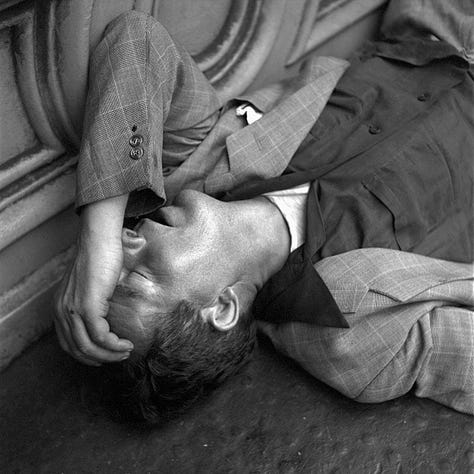
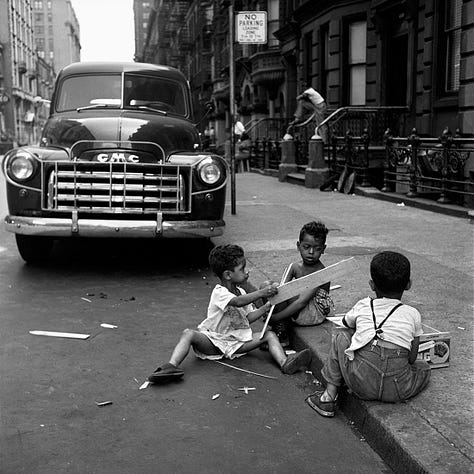
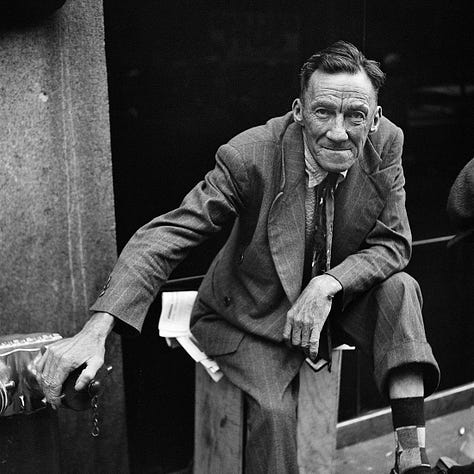
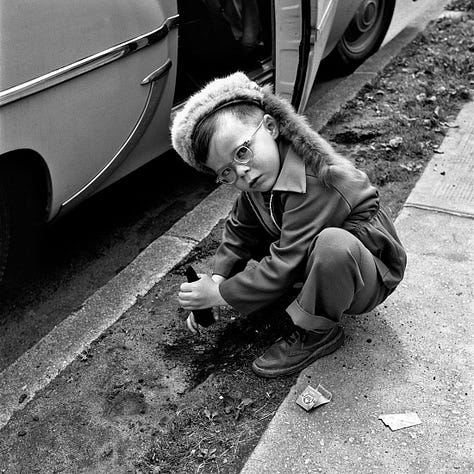
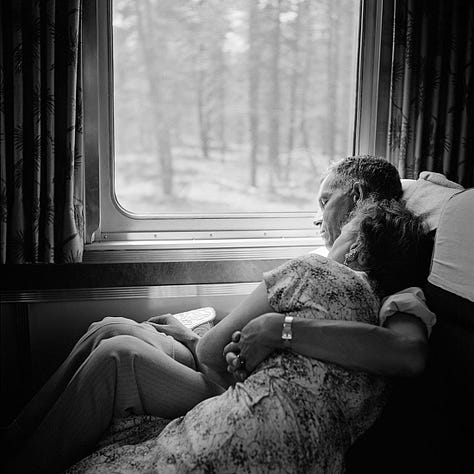
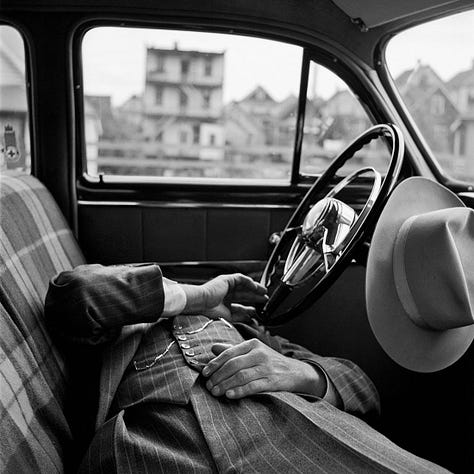
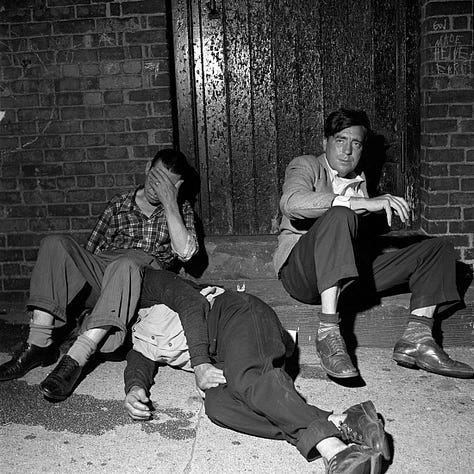
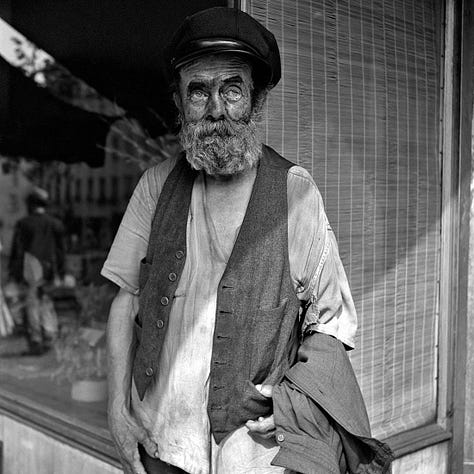

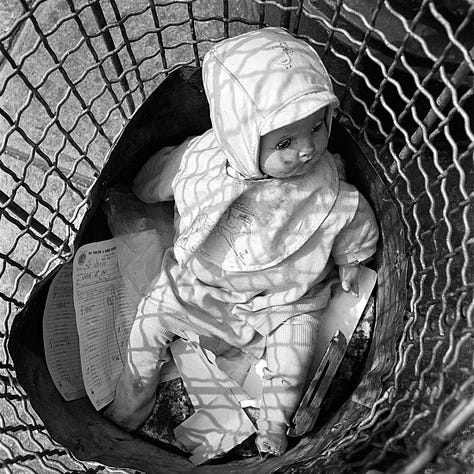
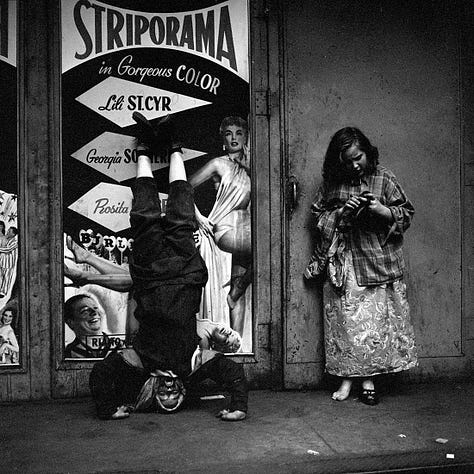
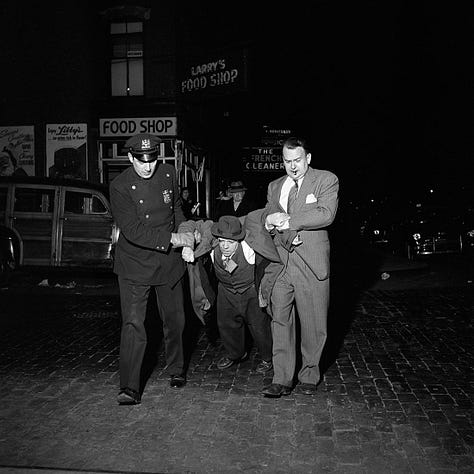
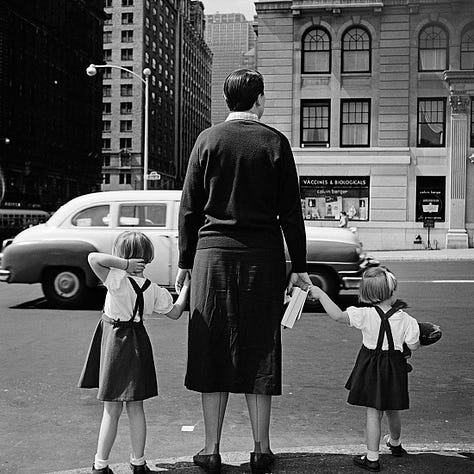
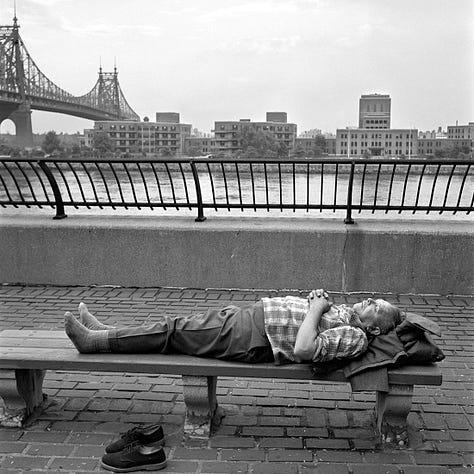
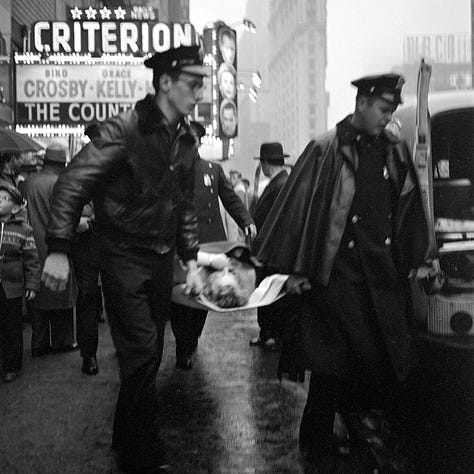
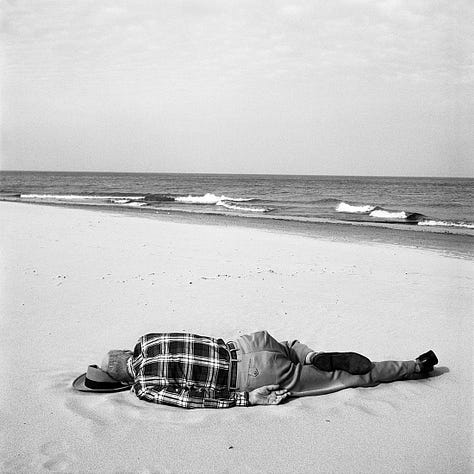
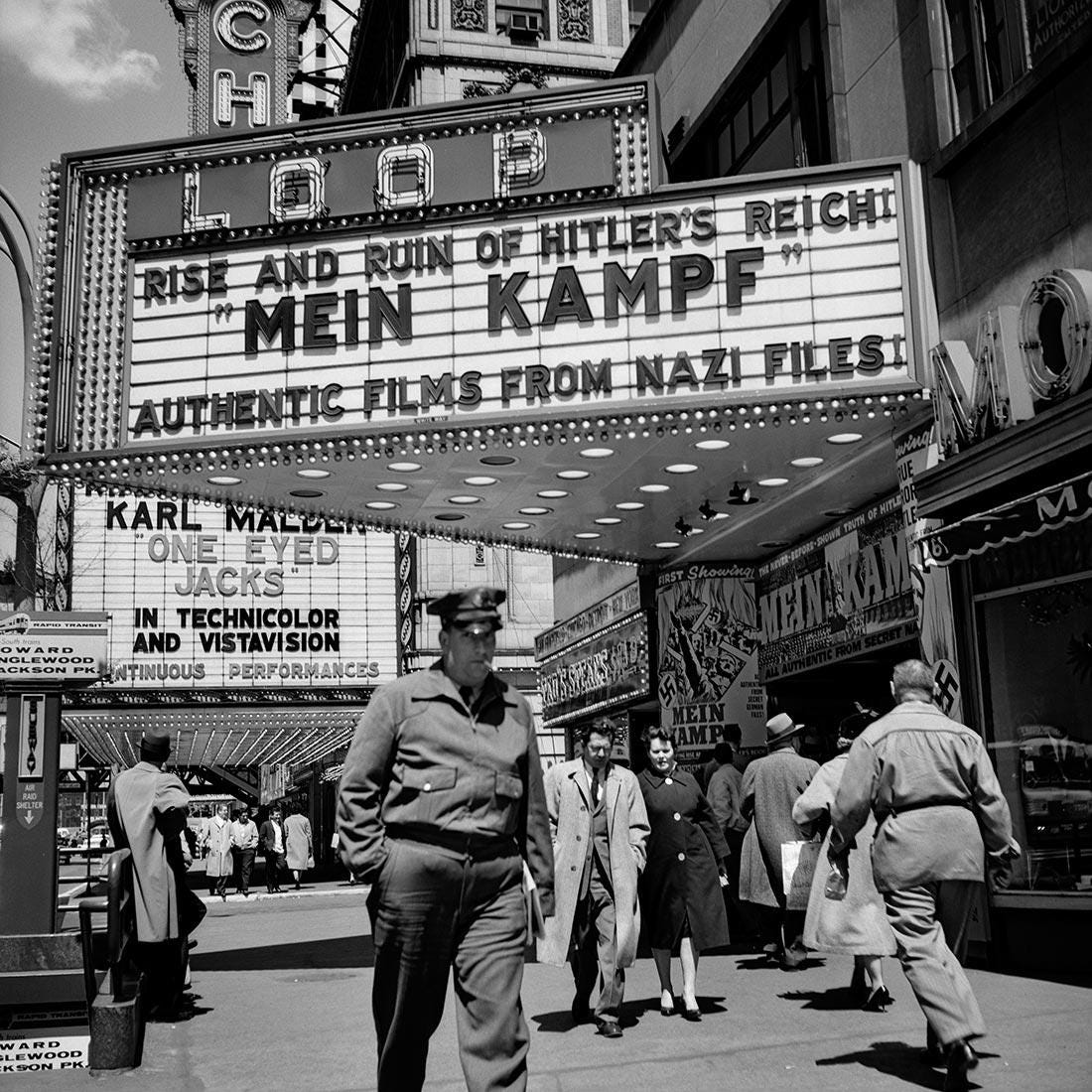
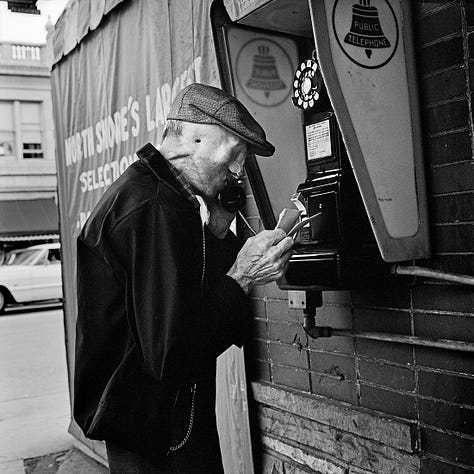
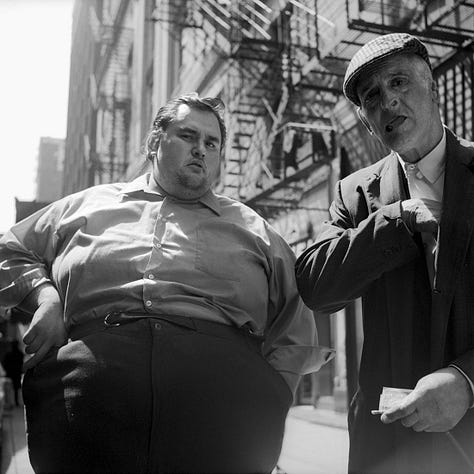
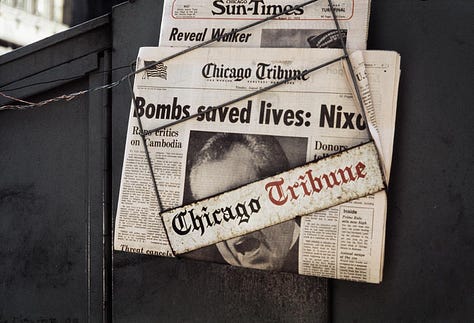
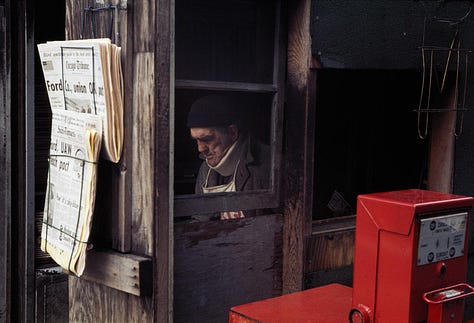
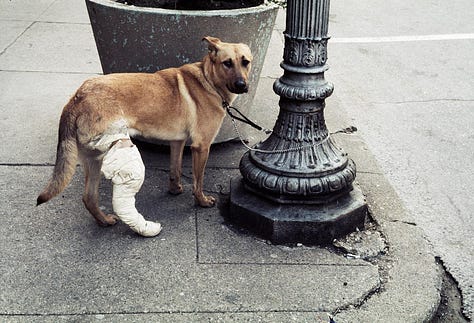

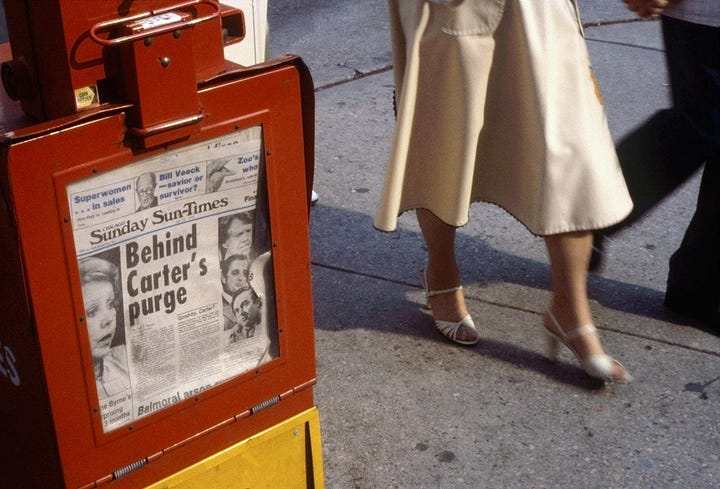
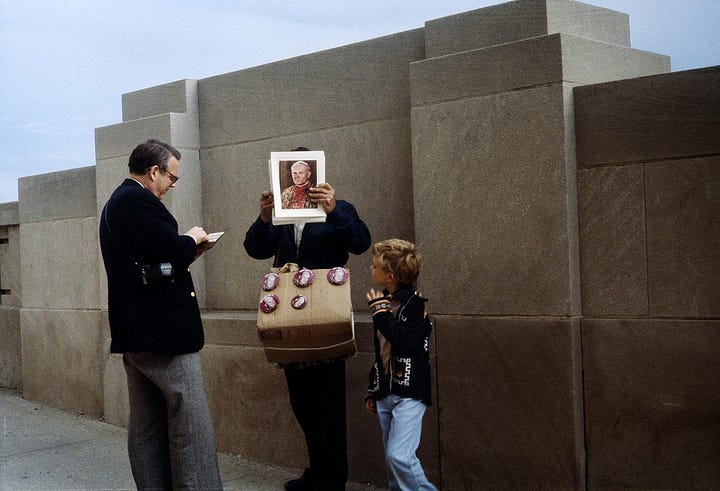
A PERSONAL NOTE:
Vivian Maier is, without a doubt, one of my favorite photographers, and after discovering her story, she quickly became my greatest artistic inspiration. There’s something deeply moving about the way she saw the world: quietly, thoughtfully, and without the need for validation. Learning about her life and work shifted how I approach photography entirely. From the very way she shot, from the hip, discreetly, almost invisibly, to the subjects she chose to frame, Maier had an unmatched ability to capture everyday life with honesty and compassion. Her photographs speak softly but carry a powerful truth: that everyone matters, and that beauty exists even in the most ordinary moments.
What makes Vivian Maier so profound to me is the fact that she stood entirely outside the systems that often define a photographer’s career. She wasn’t part of Magnum. She didn’t exhibit her work. She didn’t chase fame or try to sell an aesthetic. She photographed without bias, without an agenda, only with an intense curiosity about people and the world around her. That purity, that devotion to truth over recognition, is what I strive to embody in every body of work I create. Like Maier, I aim to capture not just faces or places, but the essence of being human—the dignity, the struggle, the fleeting moments of connection that so often go unnoticed. Her work reminds me that photography, at its best, is an act of empathy.
Thank you so much for reading the second edition of The Creative Connection: Life Through The Lens. It means the world to have you here on this journey with me. If you enjoyed this piece, consider subscribing so you never miss a new publication—there’s so much more to come, and I’d love to have you along for the ride.
As a photographer, storytelling through imagery is my passion. If you're curious about my work behind the lens, feel free to check out my portfolio. I also share visual companions to articles like this one over on my YouTube channel—perfect for those who enjoy a more immersive, visual experience.
I believe education and inspiration should always be free. But if you’d like to support me and The Creative Connection, consider buying me a coffee using the link below. It helps fuel late nights, big ideas, and future editions of this series.
Thanks again for being here—until next time.
[Buy Me a Coffee ☕️ – Link below]
📸 Quick note! I've recently been exploring a great new app called Beanable—it's become my favorite place to share curated recommendations for camera gear, books, and essential photography tools. Whether you're a beginner, intermediate, or professional photographer, Beanable neatly organizes all these resources so you can easily find what's right for you.
I don't make any money from this; I simply believe it's an incredibly valuable way to showcase and share information. Tap the link to check it out—I'm confident you'll find something useful!




